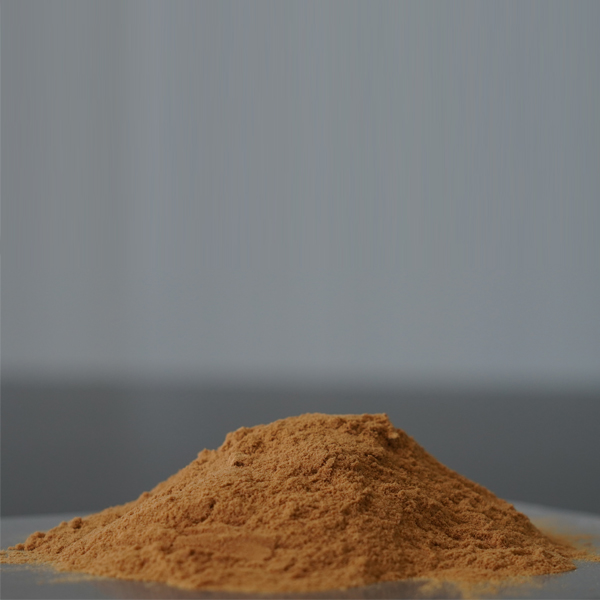
News
Dis . 20, 2024 04:12 Back to list
polyglutamic acid synthesis
The Synthesis of Polyglutamic Acid A Comprehensive Overview
Polyglutamic acid (PGA) is a naturally occurring biopolymer composed of glutamic acid monomers linked by peptide bonds. This unique polysaccharide has garnered significant attention in various fields, including food science, pharmaceuticals, and biotechnology, due to its biocompatibility, biodegradability, and capacity to enhance the functionality of products. The synthesis of polyglutamic acid is a topic of growing interest, with implications for both industrial applications and environmental sustainability. This article explores the methods of PGA synthesis, its properties, and its potential applications.
Methods of Synthesis
The synthesis of polyglutamic acid can be accomplished through several methods, the most prominent being microbial fermentation and chemical synthesis.
1. Microbial Fermentation This is the most common and environmentally friendly method for producing PGA. Various microorganisms, such as *Bacillus subtilis*, are employed to ferment glutamic acid, leading to the natural polymer's production. In fermentation processes, specific growth conditions, including pH, temperature, and nutrient availability, play a crucial role in the yield and molecular weight of PGA produced. The advantages of this method include high yield, ecological sustainability, and the ability to utilize renewable resources.
2. Chemical Synthesis Although microbial fermentation is the most widely used method, chemical synthesis of polyglutamic acid is also feasible. This process usually involves the polymerization of protected glutamic acid derivatives. The process can be further optimized to control the molecular weight and distribution of the resultant polymer. Despite the potential for broader control over the synthesis process, chemical methods are often less favored due to the complexities and costs involved.
3. Enzymatic Synthesis Another innovative approach gaining traction is enzymatic synthesis, where specific enzymes facilitate the polymerization of glutamic acid. Enzymatic methods may offer enhanced specificity and milder reaction conditions, making it a promising avenue for PGA synthesis. However, this method is still in the development stage and is not yet widely utilized in industrial applications.
Properties of Polyglutamic Acid
Polyglutamic acid is characterized by its exceptional water solubility, biocompatibility, and biodegradability
. Its structure contributes to its unique properties, such aspolyglutamic acid synthesis

- Thickening Agent PGA is often used as a thickening agent in food and cosmetics due to its ability to improve texture and stability without compromising nutritional value. - Hydration and Moisture Retention Its hydrophilic nature allows PGA to retain moisture, making it beneficial for skincare products and other applications where hydration is critical. - Biodegradability Unlike synthetic polymers, PGA can be broken down by natural processes, making it an attractive choice for environmentally friendly products.
Applications of Polyglutamic Acid
The versatile properties of polyglutamic acid open doors to a wide range of applications
1. Food Industry PGA serves as a natural thickening agent, emulsifier, and stabilizer in various food products. Its ability to enhance texture and moisture retention makes it favorable among food manufacturers focusing on clean-label products.
2. Pharmaceuticals In the pharmaceutical sector, PGA is explored as a carrier for drug delivery systems due to its biocompatibility and ability to encapsulate therapeutic agents. Research is ongoing to harness its properties for targeted drug delivery and controlled release.
3. Cosmetics and Skincare The hydrating properties of polyglutamic acid have made it a popular ingredient in skincare products. Its ability to retain moisture enhances skin elasticity and hydration, positioning it as a valuable component in anti-aging formulations.
4. Agriculture In agriculture, PGA can be applied as a soil conditioner or water-retaining agent, promoting sustainable farming practices and improving crop yields.
Conclusion
The synthesis of polyglutamic acid represents a fusion of advanced biotechnology and natural science, offering significant potential for a variety of industries. As researchers continue to explore the capabilities and applications of PGA, its importance in sustainable development and innovative product formulations will likely increase. With ongoing advancements in synthesis techniques and applications, polyglutamic acid is set to become an indispensable polymer in the near future.
-
OEM Chelating Agent Preservative Supplier & Manufacturer High-Quality Customized Solutions
NewsJul.08,2025
-
OEM Potassium Chelating Agent Manufacturer - Custom Potassium Oxalate & Citrate Solutions
NewsJul.08,2025
-
OEM Pentasodium DTPA Chelating Agent Supplier & Manufacturer High Purity & Cost-Effective Solutions
NewsJul.08,2025
-
High-Efficiency Chelated Trace Elements Fertilizer Bulk Supplier & Manufacturer Quotes
NewsJul.07,2025
-
High Quality K Formation for a Chelating Agent – Reliable Manufacturer & Supplier
NewsJul.07,2025
-
Best Chelated Iron Supplement for Plants Reliable Chelated Iron Fertilizer Supplier & Price
NewsJul.06,2025
